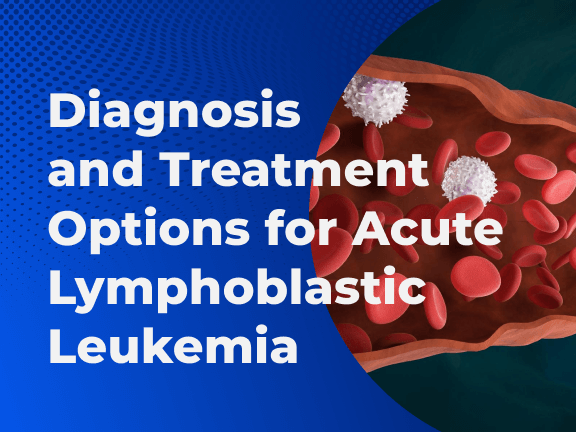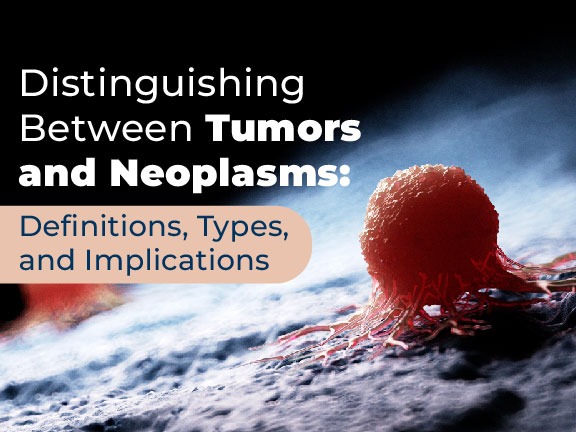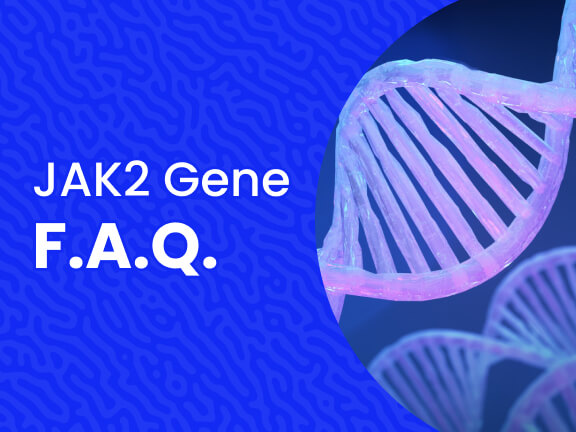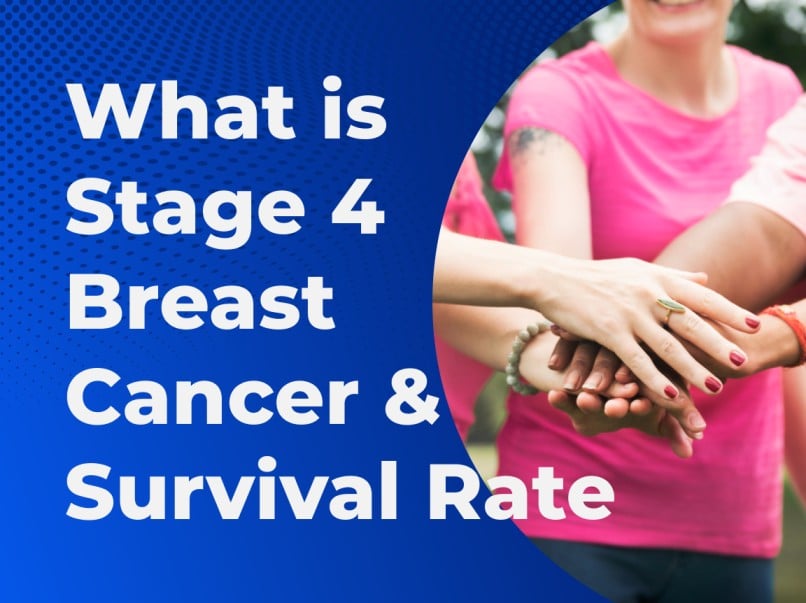There are several different methods of testing, diagnosing, and treating Acute lymphoblastic leukemia (ALL). ALL starts in the bone marrow where blood cells are made. It is one of the most common childhood cancers, but also occurs in adults. Leukemias are cancers that start in cells that would normally develop into different types of blood cells. lLeukemia typically begins in early forms of white blood cells, but some leukemias start in other types of blood cells. ALL progresses quickly compared to other leukemias and if left untreated, can be fatal within a few months.
How Is ALL Diagnosed?
To diagnose ALL in adults, doctors will perform one of the following tests:
- Complete blood count (CBC) test: Tests such as a CBC can reveal if blood cell production is abnormal. For example, there can be too many or too few white blood cells, not enough red blood cells, or not enough platelets. In ALL there may also be blast cells present, which are immature cells found in the bone marrow.
- Imaging tests: Doctors will use one or more of an X-ray, a computerized tomography (CT) scan, or an ultrasound scan to determine whether cancer has spread to the brain (CNS) and spinal cord or other parts of the body.
- Spinal fluid test: A lumbar puncture test, also called a spinal tap, is used to collect a sample of spinal fluid, which surrounds the brain and spinal cord. The sample is tested to see whether cancer cells have spread to the spinal fluid.
- Bone marrow aspiration and biopsy: A needle is inserted near the hip and extracts a bone marrow sample to be sent to a lab to test for the presence of leukemia cells.
- The blood cells will be classified based on their size, shape, or other molecular and genetic features. To help plan treatment, doctors will look for alterations (mutations) in cancer cells to determine if the leukemia began from B-lymphocytes or T-lymphocytes.
Once the diagnosis of ALL is confirmed, your doctor will use the results to determine your prognosis and decide which treatment options are most suitable for your individual case. Other types of cancer use stages I, II, III, or IV to indicate the extent of how far the cancer has spread, but there are no stages of acute lymphocytic leukemia. Instead, ALL is categorized by:
- Type of lymphocytes involved B-cells or T-cells
- Which specific genetic changes present in your leukemia cells
- Patient’s age
- Lab test results (number of white blood cells in a blood sample)
How Is Acute Lymphocytic Leukemia Treated?
There are three stages of treatment for ALL including:
- Induction: The first stage of treatment involving chemotherapy for one month, where a majority of patients (80 to 90 percent) will reach remission. However, this does not mean the patient is cured, as a small amount of leukemia cells can be hiding in other parts of the body. Nearly half of all ALL patients will relapse at some point. The risk of relapse depends on the subtype of ALL, age, and other factors.
- Consolidation (intensification): This begins when the ALL goes into remission and treatment is intensified to reduce the risk of relapse. The same chemotherapy drugs or treatment will be used for a few months. Patients with the Philadelphia chromosome will receive a targeted therapy drug.
- Maintenance: This stage of treatment lasts for roughly two years often including a combination of chemotherapy drugs (methotrexate, 6-mercaptopurine (6-MP), vincristine, or prednisone)
- Palliative treatment: For patients who are unlikely to be cured, palliative treatment will be given to reduce the side effects and improve quality of life. Over time, Leukemia cells grow and spread within the bone marrow, causing pain. Pain relieving medicines such as ibuprofen will be given in addition to treatment. If this does not help with the pain, morphine or other opioid medicines will be given.
Treatment options for ALL include:
- Chemotherapy
- Targeted Therapies
- Immunotherapy
- Radiation Therapy
- Stem Cell Transplant
- Clinical trials for new treatment approaches
Chemotherapy for Acute Lymphocytic Leukemia (ALL)

Chemotherapy is the most common treatment used for ALL and most patients are treated with a chemotherapy drug during induction. Chemotherapy is very effective in killing cancer cells, but also causes side effects in patients such as low white blood cell counts, causing them to be immunocompromised. Other medications or drugs are given to limit and manage these side effects.
Chemotherapy is often administered for one month using different combinations of drugs such as:
- An anthracycline drug such as doxorubicin (Adriamycin) or daunorubicin
- Vincristine
- Dexamethasone or prednisone
Depending on several prognostic factors such as age and stage of disease, treatment regimens can include cyclophosphamide, L-asparaginase (or pegaspargase), or high doses of methotrexate or cytarabine (ara-C) during induction.
The goal of chemotherapy during induction is to reach remission, meaning leukemia cells can’t be found in bone marrow samples. A majority of patients (80 to 90 percent) do have their ALL into remission after treatment, however.
Targeted Therapy for Acute Lymphocytic Leukemia (ALL)
Targeted therapies are a type of cancer treatment that targets the changes in cancer cells that help them grow, divide, and spread. Targeted therapies are used to treat many cancer types including advanced or refractory ALL and are available in clinical trials for other patients.
The Philadelphia chromosome positive acute lymphoblastic leukemia (Ph+ALL) is rare in children but more common in adults. Tyrosine kinase inhibitors (TKI) are the name for the targeted therapies for ALL. Imatinib (Gleevec) is the most well-known TKI for ALL. If the Philadelphia chromosome is detected in ALL patients, chemotherapy in combination with a targeted therapy drugs such as imatinib (Gleevec) or dasatinib (Sprycel) is used for treatment. If additional treatment is needed afterwards, a different targeted drug will be used.
Immunotherapy for Acute Lymphocytic Leukemia (ALL)
Immunotherapy, also known as biological therapy, is a cancer treatment that uses natural or artificially made substances to activate the immune system to fight cancer cells.
If your ALL does not go into remission after induction chemotherapy, the disease is considered refractory. In this case, newer and more intensive treatment is given, which is often an immunotherapy such as monoclonal antibodies or CAR T-cell therapy. 10 to 20 percent of ALL cases become refractory. Additional immunotherapies are available for ALL that is not refractory in clinical trials.
Radiation Therapy for Acute Lymphocytic Leukemia (ALL)
Radiation therapy, also known as radiotherapy, is a cancer treatment that uses high doses of radiation to kill cancer cells and shrink tumors.
Radiation therapy is used for ALL to:
- Leukemia has spread to the brain and spinal fluid, or to the testicles.
- Before a bone marrow or stem cell transplant to remove as many cancer cells as possible.
- Reduce pain in an area of bone invaded by leukemia, if chemotherapy doesn’t help.
Stem Cell Transplant for Acute Lymphocytic Leukemia (ALL)
Stem cell transplants are a procedure in which healthy bone marrow is restored in patients with leukemia. Stem cells help stimulate new bone marrow growth and restore the immune system.
Allogenic stem cell transplants (ACST) use a donor’s stem cells to inject in the patient. In an Autologous stem cell transplant, stem cells are collected from the patient prior to first-line treatment and later injected in the patient.
ACSTs can be used to treat ALL that is in at least partial remission. Those at high risk of ALL relapsing due to their subtype or prognostic factors may be suggested by their doctor to receive an ASCT. However, this is a serious procedure and is only usually recommended for those who have a sibling who can be a donor match for stem cells. If a second remission can be achieved, most doctors will advise a type of stem cell transplant.
Clinical Trials for Acute Lymphocytic Leukemia (ALL)
For ALL patients who don’t respond to treatment or have relapsed, clinical trials of new treatment approaches can be considered.
If the leukemia doesn’t go away or keeps coming back, eventually treatment with more chemo is unlikely to be helpful and will continue to cause harmful side effects on the body. If an ASCT is not an option, a patient may want to consider taking part in a clinical trial of newer treatments.
Sources:












